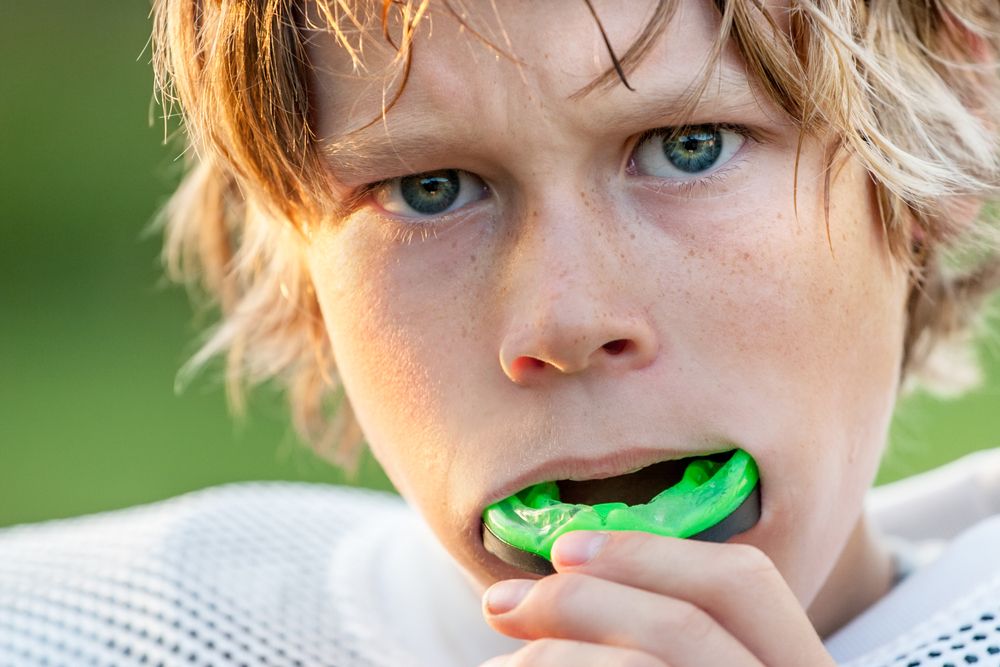New Insights on Post-Traumatic Headache
Highlights of the first large study to describe the characteristics of post-traumatic headache and treatment response in children are summarized here.
©Suzanne Tucker/Shutterstock.com

The American Academy of Neurology annual meeting this year began by showcasing several important findings in concussion and associated post-traumatic headache (PTH).
Sports-related concussion is a prevalent problem: between 1.6 to 3.8 million occur annually-often in young athletes. Headache is by far the most common symptom of concussion and is a persistent and disabling feature. PTH occurs in between 85% to 94% of concussed athletes and is a risk factor for prolonged recovery.1 Despite this, there are no randomized clinical trials of treatment of PTH and limited prospective studies.
Dr Karen Barlow presented at AAN on sports-related concussion and PTH, including the first large study to describe the characteristics of PTH and treatment response in children.2
A cohort of 670 children with concussion in an acute care setting was followed monthly until symptom resolution. Among this cohort, 11% had PTH at 2 weeks following injury; in 7.8%, PTH persisted at 3 months. 100% of children who had continued post-concussive syndrome at 12 months had headache. 54% of those with PTH met criteria for migraine: medication overuse headache and tension type headache were uncommon. Between 44% and 61% of those with PTH had headache daily; however, those with daily headache were also were more likely to have responded to a preventative medication.
The PTH treatment cohort received amitriptyline, nortriptyline, flunarizine, topiramate, or melatonin chosen based on clinical symptoms. 64% of children improved on treatment: responses to amitriptyline, melatonin, and flunarizine were notable. A particularly interesting finding among the cohort is that a personal history or family history of migraine was present in 82% of those with PTH. This provides additional supporting evidence that a history of migraine is an independent risk factor for prolonged recovery following concussion.
Overall, this study demonstrates that PTH is a common problem and supports consideration of early referral to a headache specialist. It also suggests the potential positive impact of early treatment for PTH in addition to the standard concussion recommendation of some degree of physical and cognitive rest with a plan for graduated return to play and to learning.
References:
1. Seifert TD. Sports concussion and associated post-traumatic headache. Headache. 2013;53:726-736.
2. Kuczynski A, Crawford S, Bodell L, et al. Characteristics of post-traumatic headaches in children following mild traumatic brain injury and their response to treatment: a prospective cohort. Dev Med Child Neurol.2013;55:636-641.